Shopify is a platform for businesses of all sizes to create an online store. Shopify provides everything you need to start selling online, including a customizable eCommerce platform, an easy-to-use checkout process, and a range of features designed to help you grow your business.
Shopify is a Canadian-based company that was founded in 2004. Shopify now powers over 1 million businesses in 175 countries and is Trusted by brands such as Tesla, Red Bull, Nestle, GE, and many more.
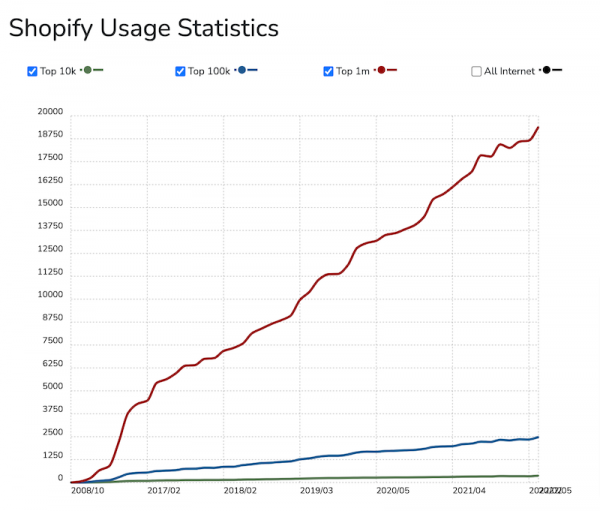
Shopify is one of the most popular eCommerce platforms on the market, and its popularity is only increasing. In 2017, Shopify was named the fastest growing company in North America by Deloitte, and in 2018, Shopify was ranked the second most popular eCommerce platform after Woocommerce. In 2022, it is predicted that Shopify will power over 2.77 million businesses.
Top Countries with live Shopify Stores
United States- 2,531,203
United Kingdom – 163,043
Australia – 114,913
Canada – 96,582
Germany – 88,270
.co – 64,148
Brazil – 62,322
France – 52,942
India – 36,006
Netherlands – 34,599
What is Shopify SEO?

Shopify SEO is the process of optimizing your Shopify store to rank higher in search engine results. By optimizing your store for SEO, you can increase your visibility, traffic, and sales.
Shopify SEO is important because it can help you reach more customers and sell more products. When you rank higher in search results, you are more likely to get clicks and conversions.
Optimized Titles and Description
Optimize Store Images
Remove Duplicate URL
Remove duplicate paginated URLs
Add “Product,” “Article,” & “BreadcrumbList” structured data
Create blog content for keywords with informational intent
Remove unnecessary Shopify apps
Determine how to handle product variant pages
We’ll go into how we handle each of these recommendations below:
Also Read: 5 Useful Magento Extensions For Your eCommerce Store
Optimized Titles and Description

Use keyword-rich titles and descriptions to help your store rank higher in search results. You need to ensure that your titles and descriptions are both accurate and keyword-rich.
When creating titles and descriptions for products in your store, be sure to include relevant keywords so that your products can be easily found by potential customers. By including keywords, you can help your store rank higher in search results and attract more visitors.
In addition to using keywords, also make sure that your titles and descriptions are clear and concise. Be sure to avoid using excessively long or complicated phrases, as this can make it difficult for customers to understand what your product is.
Finally, remember to proofread your titles and descriptions before publishing them. This will help ensure that there are no errors that could turn potential customers away from your product.
When you have keyword-rich titles and descriptions, your store is more likely to show up in search results when someone searches for those keywords.
eCommerce sites that have properly optimized titles and descriptions experience better traffic and conversions.
Optimize Store Images

Images are an important part of any online store, both for aesthetic and functional reasons. However, many store owners overlook the importance of optimizing their images for search engine optimization (SEO).
Optimizing your images can help your store rank higher in search results, driving more traffic to your site. It can also help improve your click-through rate (CTR) once customers find your store in the search results.
There are a few simple steps you can take to optimize your images for SEO:
1. Use descriptive file names
When you save your images, make sure to use descriptive file names that include keywords related to your product. For example, if you’re selling a black dress, your image file name could be something like “black-dress.jpg.”
2. Include keywords in your alt text
Alt text is the text that appears when an image can’t be displayed. It’s also used by search engines to understand the content of an image. Make sure to include keywords in your alt text so that search engines can better understand your images.
3. Choose the right file format
There are a few different image file formats, but the two most common are JPEG and PNG. JPEGs are best for photos, while PNGs are best for graphics or images with transparent backgrounds. Make sure to choose the right file format for your images to ensure the best quality and file size.
4. Compress your images
Images can often be quite large files, which can slow down your website. To avoid this, make sure to compress your images before uploading them to your website. There are a number of free image compression tools available online, like TinyPNG.
By following these simple steps, you can optimize your images for SEO and improve your store’s visibility in search results.
Remove Duplicate URL
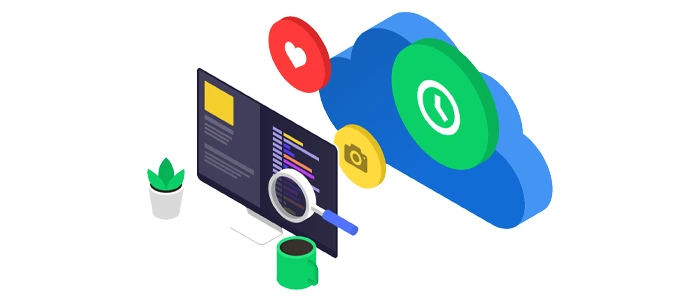
If you have an online store, you likely have a lot of pages. And if you have a lot of pages, you probably have some duplicate URLs.
We’ve seen Shopify create duplicate content in several different ways:
- Duplicate product pages
- Duplicate collections pages through pagination
This can create problems for your internal linking architecture, as search engines may view these duplicate URLs as separate pages, which can impact your rankings.
Fortunately, there are a few ways to fix this issue.
One way is to use a tool like Screaming Frog, which will help you identify any duplicate URLs on your site.
Once you’ve identified the duplicates, you can either redirect them to the main URL (if they’re not too many) or set up a canonical tag (if there are a lot of them).
Another way to fix this issue is to make sure your internal linking structure is set up correctly. This means using keyword-rich anchor text and linking to the most relevant pages on your site.
If you do these things, you can help ensure that your internal linking architecture is effective and that search engines can properly index your pages.
Remove duplicate paginated URLs
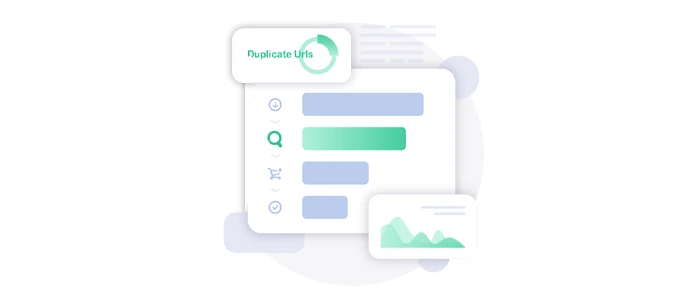
If you have a Shopify store, you might have noticed that some of your products are paginated. This means that there are multiple pages for each product, each with its own unique URL.
The problem is that these paginated URLs can sometimes be duplicates of each other, which can hurt your SEO.
Here’s how to find and remove duplicate paginated URLs in your Shopify store:
1. Log into your Shopify admin and go to Products.
2. Select a product that is paginated.
3. In the SEO section, you will see a list of all the different URLs for that product.
4. Compare the URLs and look for any that are identical.
5. If you find any duplicates, delete them.
This process can be time-consuming if you have a lot of products, but it’s important to do if you want to keep your SEO in good shape.
Add “Product,” “Article,” & “BreadcrumbList” structured data
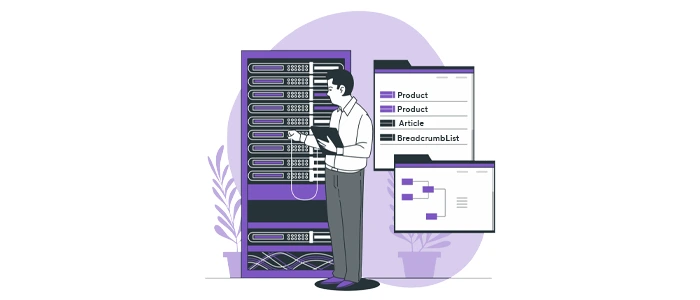
Product structured data is a standard format for providing information about a product. It enables search engines to understand the products offered on your Shopify store and can lead to richer search results.
Article structured data is a standard format for providing information about an article. It enables search engines to understand the articles on your Shopify store and can lead to richer search results.
BreadcrumbList structured data is a standard format for providing information about the breadcrumbs on your Shopify store. It enables search engines to understand the breadcrumbs on your Shopify store and can lead to richer search results.
To add Product, Article, & BreadcrumbList structured data to your Shopify store:
1. From your Shopify admin, go to Online Store > Themes.
2. Find the theme you want to edit, and then click Actions > Edit code.
3. In the Layout directory, click a theme. liquid to open it in the online code editor.
4. Find the section of the code, and add the following code before it:
Determine how to handle product variant pages

Product variant pages in Shopify stores can be handled in a few different ways. One way is to create separate pages for each product variant, with each page featuring its own unique URL.
This ensures that customers can easily find the exact product they’re looking for, and that search engines can index each variant page correctly.
Another way to handle product variant pages is to use a single page for all variants of a given product. This can be done by listing all available variants on the same page, or by using a drop-down menu to let customers select their desired variant.
This approach is often used when there are only a few variants of a given product, and it can help simplify the shopping experience for customers.
Finally, some Shopify stores use a combination of both approaches, with separate pages for some product variants and a single page for others. This can be a good way to strike a balance between providing easy access to all variants and keeping the overall number of pages on your site to a minimum.
Whichever approach you choose, it’s important to make sure that customers can easily find the variant they’re looking for, and that all variant pages are properly optimized for search engines. By taking care of these two things, you can ensure that your Shopify store is able to reach its full potential.
If you need help determining which approach is right for your Shopify store, or if you need help optimizing your variant pages for search engines, contact us today. We’re always happy to help our clients reach their goals.
Create blog content for keywords with informational intent
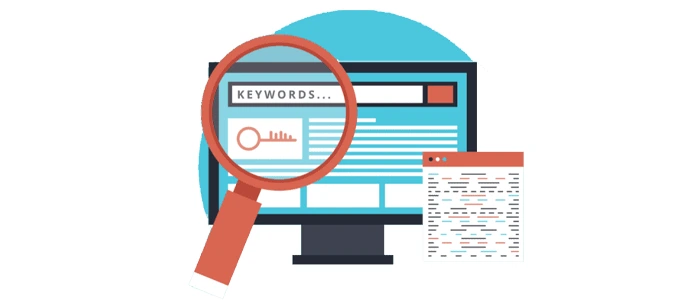
As an eCommerce business, it’s important to make sure that you are targeting the right keywords with your content. This is especially true when it comes to blog posts, as these are often the first point of contact between a potential customer and your brand.
When creating blog content, always keep in mind the intent of the searcher. For example, if someone is searching for “How to start a Shopify store”, they are likely looking for information on how to get started with setting up their own online store. On the other hand, someone who searches for “Shopify stores” is likely further along in their decision-making process and may be ready to start shopping around for a store to buy.
Keywords with informational intent are those that indicate that the searcher is looking for information on a particular topic. Some examples of informational keywords include “how to”, “what is”, and “review”. These keywords can be used to create blog posts that provide valuable information to the reader and help you rank higher in search engines.
When creating blog content for keywords with informational intent, always keep in mind the needs of your target audience. Make sure that your content is well-researched and provides value to the reader. In addition, be sure to include calls to action throughout your post so that readers know what they can do next if they’re interested in your product or service.
If you’re not sure which keywords to target with your content, there are a number of tools that can help, such as Google AdWords Keyword Planner and Moz Keyword Explorer. Researching and choosing the right keywords is an important part of any content marketing strategy. By targeting the right keywords, you can ensure that your content is seen by the people who are most likely to be interested in it.
The bottom line is this: when creating blog content, always keep the intent of the searcher in mind. Target informational keywords to create valuable content that helps you rank higher in search engines and attract potential customers to your online store.
Remove unnecessary Shopify apps

If you are using the Shopify store for a long time, you’ve probably accumulated quite a few apps. While some of these apps may be essential to your business, others may be gathering dust and taking up valuable space.
If you’re not using an app, it’s a good idea to remove it from your store. Not only will this declutter your app list, but it will also free up some memory on your Shopify account.
To remove an app from your Shopify store, go to the “Apps” section of your Shopify account. From there, find the app that you want to remove and click on the “Delete” button. Confirm that you want to delete the app and it will be removed from your store.
If you have any apps that you’re no longer using, be sure to remove them from your store. This will declutter your app list and free up some memory on your Shopify account.
Moving Forward
If you have a Shopify store, then you know how important it is to make sure that your store is properly optimized for search engines. After all, if your store is not optimized, then it will be very difficult for potential customers to find you.
The good news is that developing your Shopify store for SEO is not as difficult as it may seem. By following the tips and advice in this guide, you can make sure that your store is properly optimized and ready to attract customers.
So, what are you waiting for? Start optimizing your Shopify store today!




















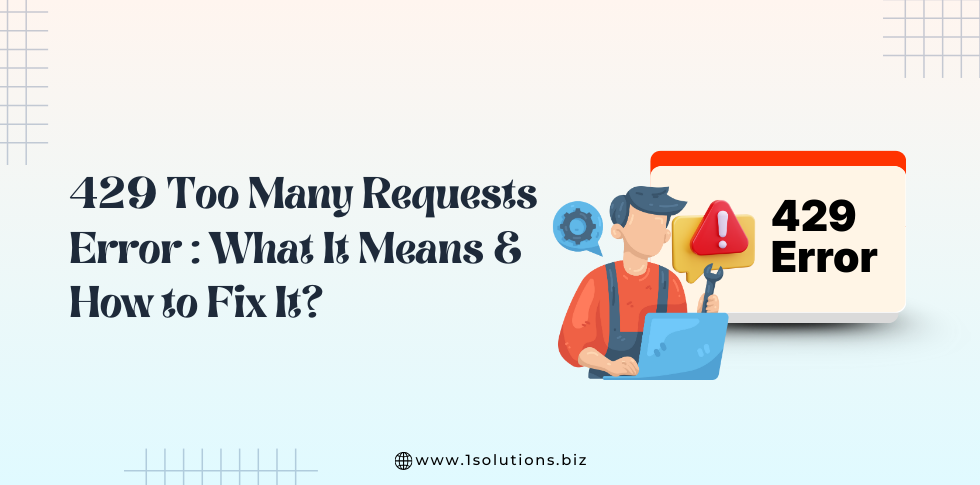
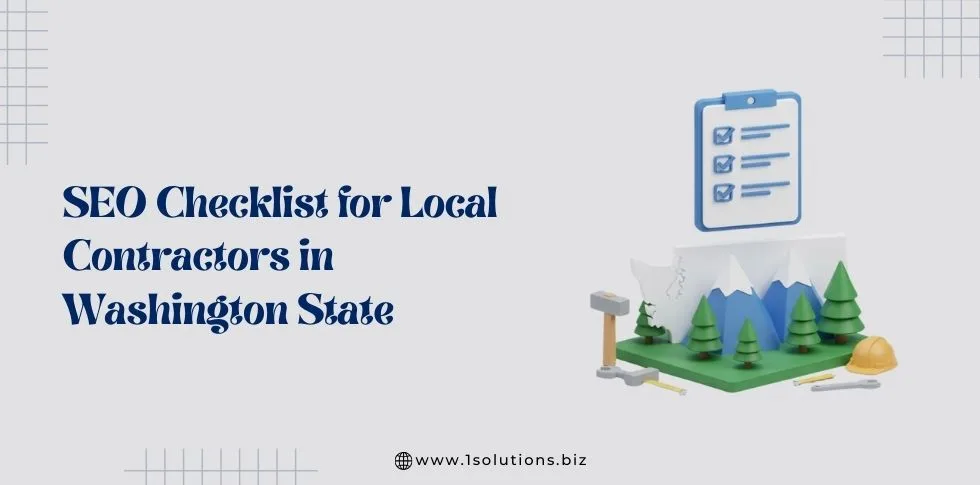



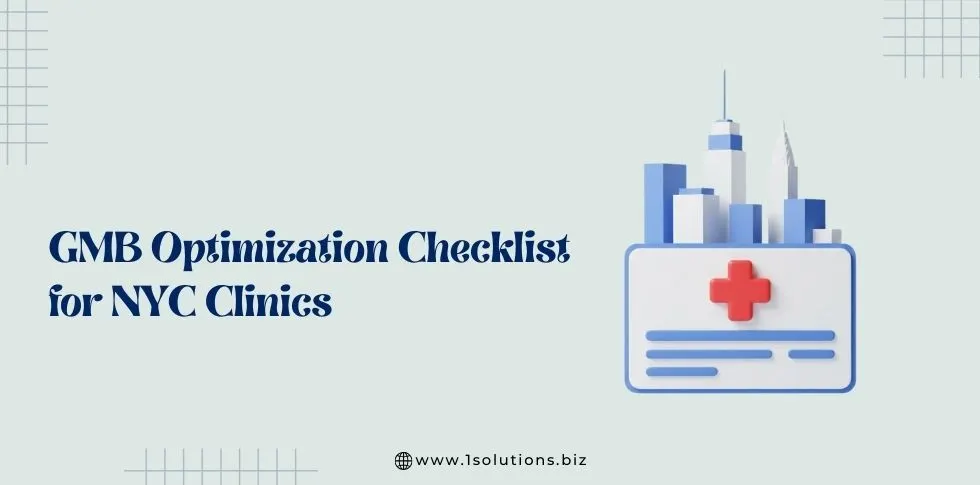






 in India
in India